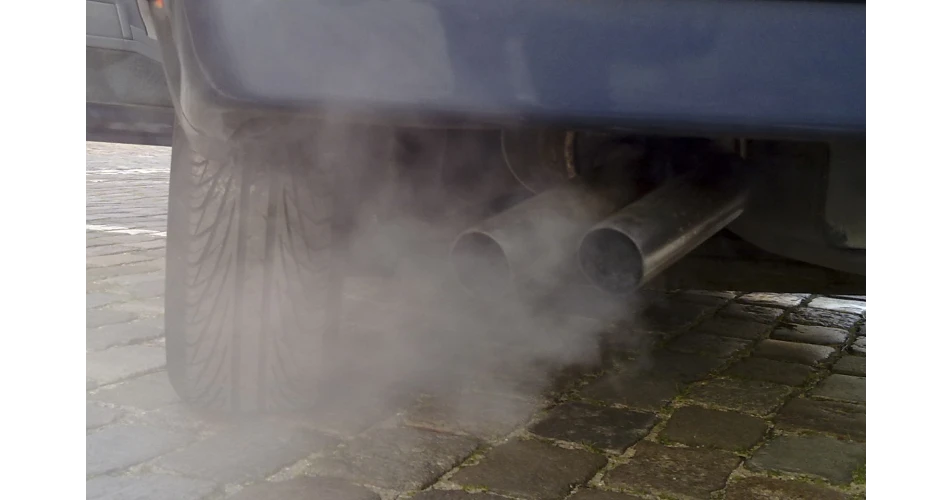Latest figures from the European Union show that cars sold in 2013 were 4 % more efficient than in 2012 and that average carbon dioxide emissions per kilometre have continued to fall meaning that last year the European Union vehicle fleet collectively met its legal target for 2015.
The average CO2 emissions level of a new car sold in 2013 was 127 grams of carbon dioxide per kilometre, significantly below the 2015 target of 130g, according to provisional data from the European Environment Agency (EEA). However, manufacturers will have to keep reducing emissions levels to meet the challenging target of 95g CO2/km by 2021.
EEA Executive Director Hans Bruyninckx said, "The average car sold last year was almost 10 % more efficient than the average car sold in 2010, when monitoring started. This is good news. But passenger transport still generates a significant part of total greenhouse gas emissions of the EU, so we need to think about more sustainable transport systems.”
The report says new cars have become more efficient despite an increase in the average mass. The main drivers of efficiency have been technological improvements. It also points out that petrol engines are becoming much more fuel efficient.
There were 11.8 million new cars registered in the EU in 2013. This figure has declined continuously since its peak in 2007, when 15.5 million vehicles were registered. Of these only 24 000 were for all electric vehicles, still a small fraction of the total, but 71 % up on the previous year. Around 31 000 plug-in hybrid cars were registered in 2013 in the EU.
On average, the most efficient cars were bought in the Netherlands (109g CO2/km), Greece (111g) and Portugal (112g) while the country selling the least efficient cars was Latvia (147g) followed by Estonia (147g) and Bulgaria (142g). Ireland came 7th in the standings with emission levels of 119g CO2/km well ahead of the UK, Spain and Germany, showing how Irish drivers have become much more economy conscious in recent years.
